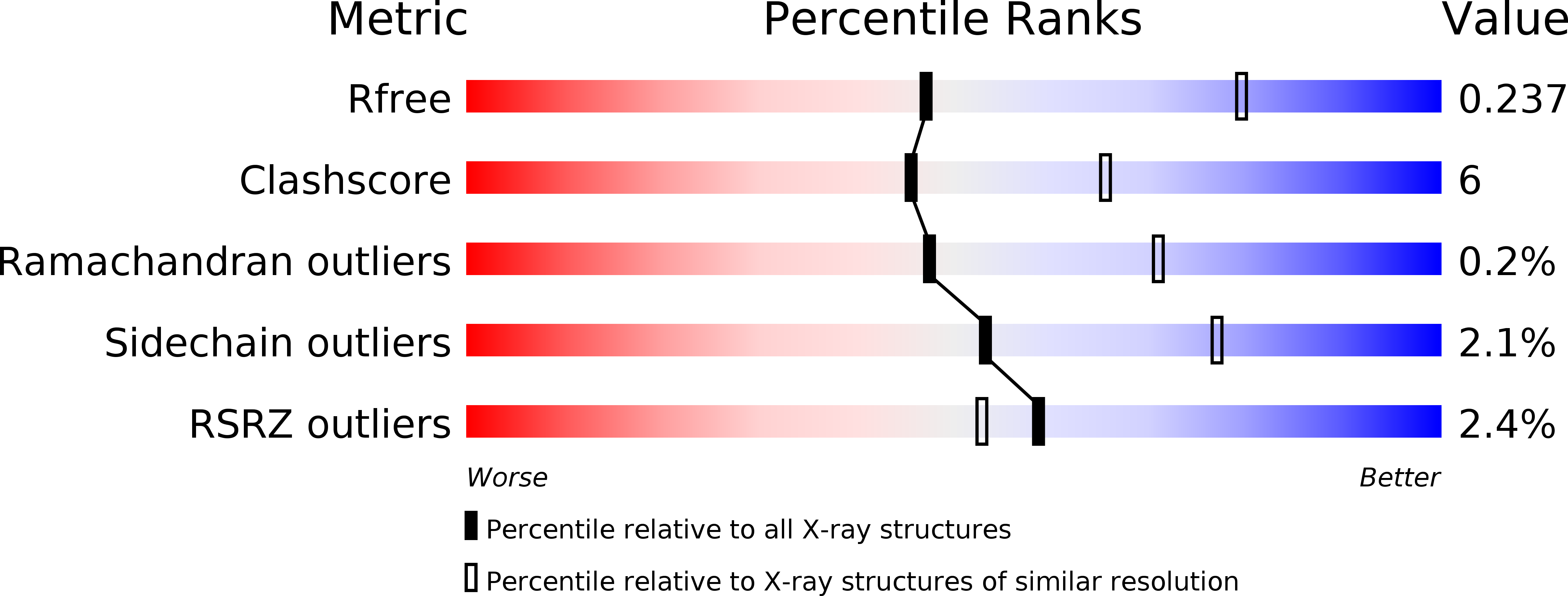
Deposition Date
2003-12-04
Release Date
2004-08-31
Last Version Date
2023-08-23
Entry Detail
PDB ID:
1RQ7
Keywords:
Title:
MYCOBACTERIUM TUBERCULOSIS FTSZ IN COMPLEX WITH GDP
Biological Source:
Source Organism:
Mycobacterium tuberculosis (Taxon ID: 1773)
Host Organism:
Method Details:
Experimental Method:
Resolution:
2.60 Å
R-Value Free:
0.24
R-Value Work:
0.18
R-Value Observed:
0.18
Space Group:
P 65


